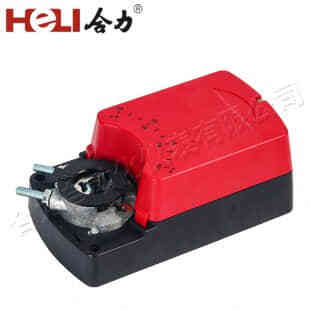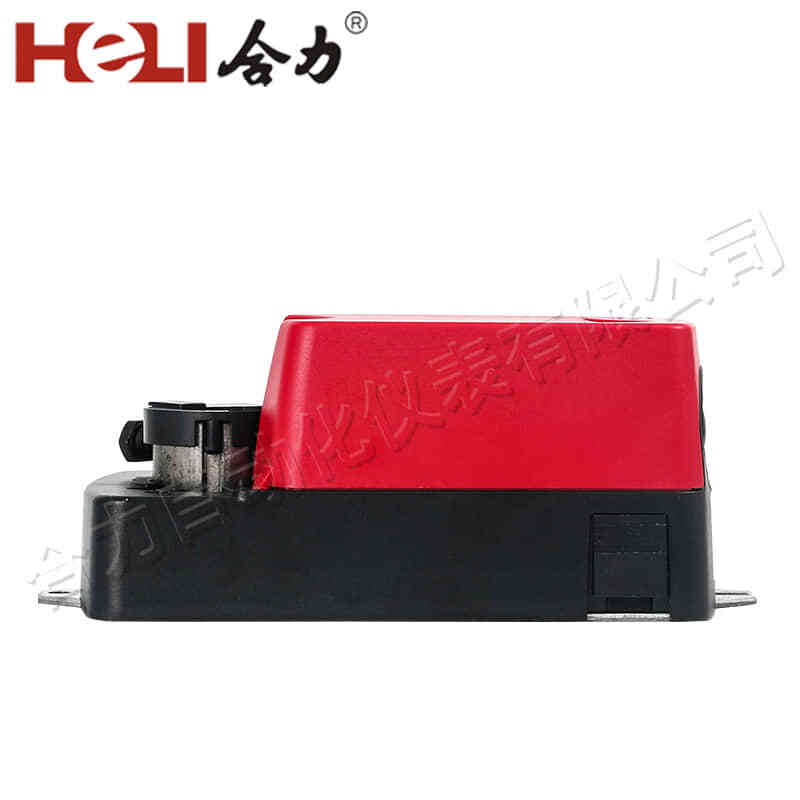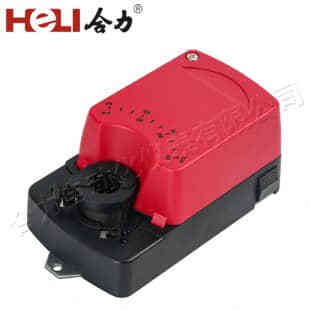Damper actuators play an essential role in modern heating, ventilation, and air conditioning (HVAC) systems. These devices are crucial in controlling the flow of air through ducts, helping maintain the desired temperature, humidity, and air quality within indoor spaces. A damper actuator is an electro-mechanical device that operates dampers, which are mechanical devices used to regulate or control the flow of air in ventilation systems. In this article, we will explore the functions, types, and importance of damper actuators in HVAC systems.

What is a Damper Actuator?

A damper actuator is a device used to control the opening and closing of dampers, which are used to regulate the airflow in air ducts. Dampers can be found in various HVAC applications, such as exhaust systems, heating and cooling systems, and ventilation systems. The actuator is responsible for moving the damper blades, adjusting them to the desired position, based on signals from the building’s temperature or airflow sensors. Damper actuators typically operate through motors, either electric or pneumatic, and can be automated or manually controlled. These actuators receive input from control systems like thermostats or direct digital controllers (DDCs) to adjust the damper’s position in response to changes in the environment.
